Effective instrument
Green Roof Potential Map
Green Roof Potential Maps are interactive maps that show in detail for each building in a city how suitable the roof surface is for a green roof. Homeowners can thus find out about the suitability of their roof.
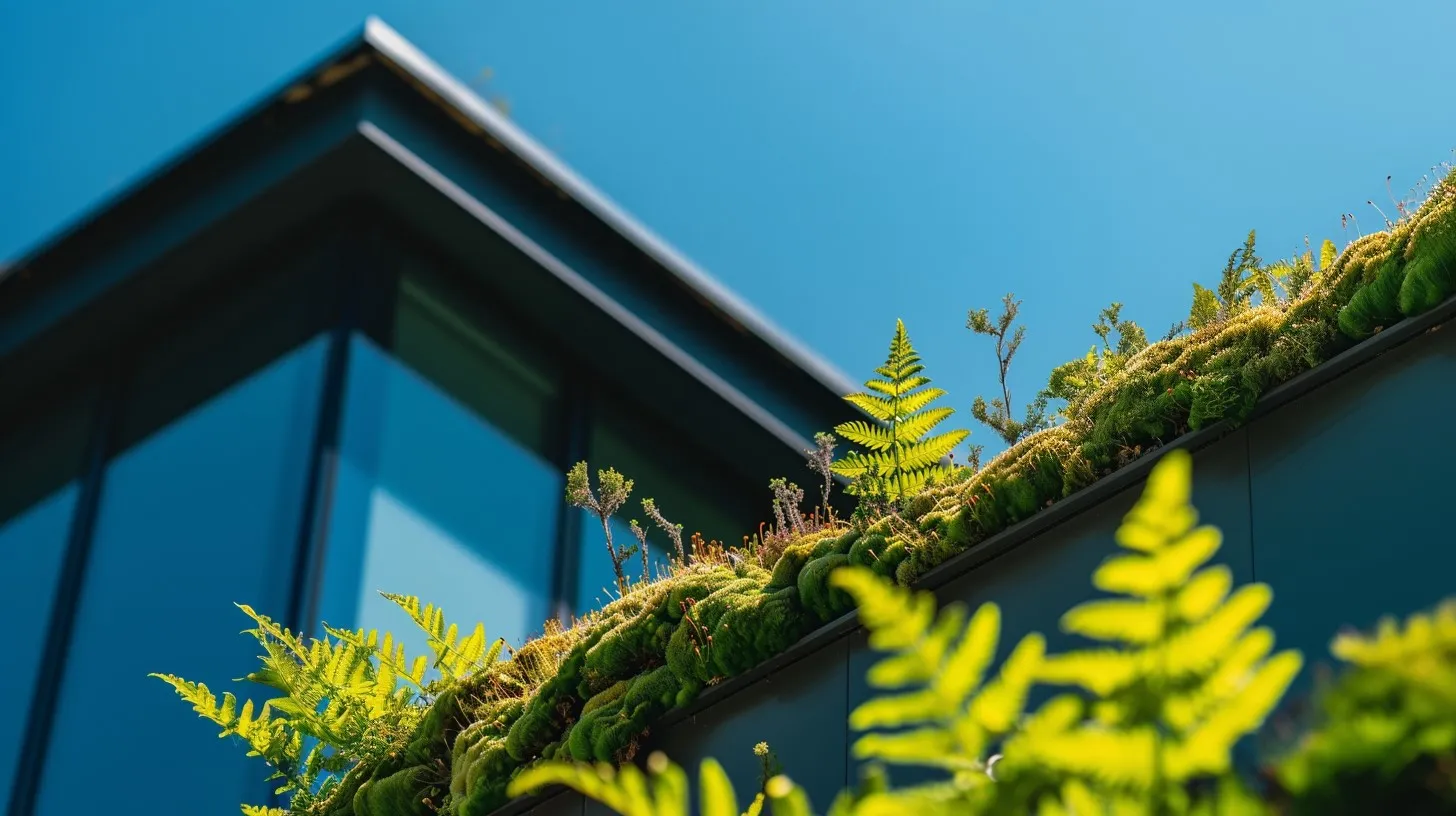
Important facts
All advantages at a glance
- Reduction of peak discharges during heavy rainfall events
- Improvement of the microclimate
- Reduction of heat islands
- Visual improvement of the cityscape
- Thermal insulation in winter
- Reduction of heat load in summer
- Noise-reducing effect
- Savings on wastewater charges
- Filtering of air pollutants and fine dust
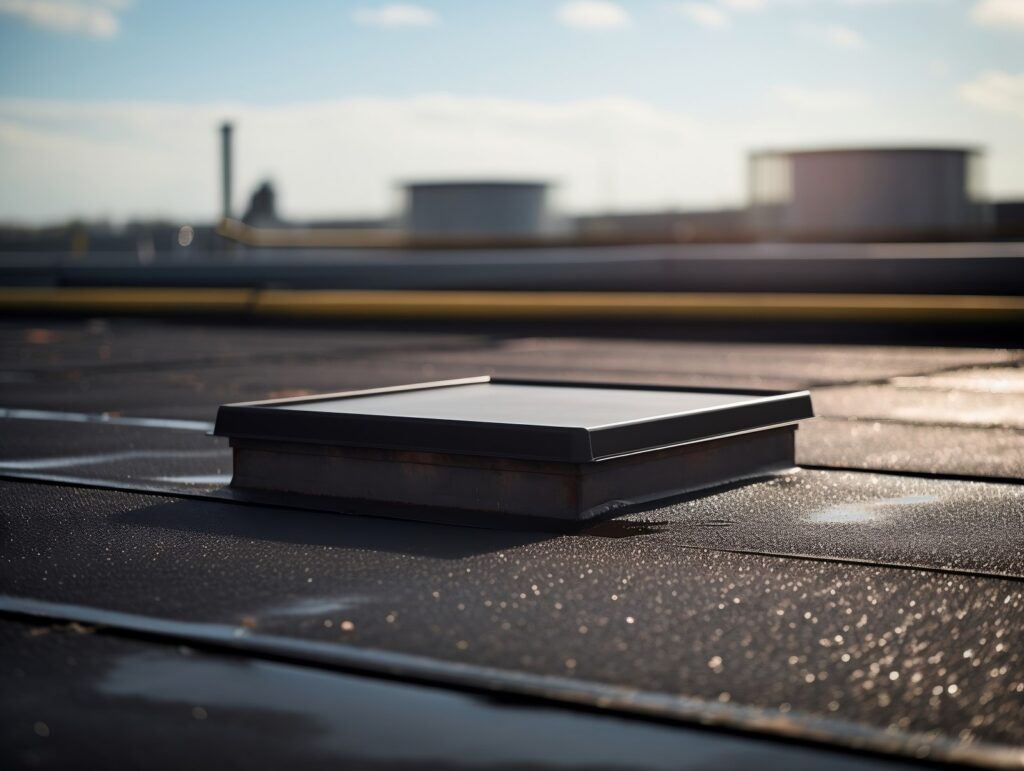
Why a green Roof Potential Map?
Climate change is causing undeniable problems in densely built-up areas and is leading to heat islands in the city and an increase in heavy rainfall and flooding. Rising levels of air pollution and particulate matter are also increasingly becoming a problem in municipalities.
Green roofs can contribute to solving these problems, but the dormant potential here is rarely known. A Green Roof Potential Map is an ideal tool for raising awareness of green roofs and their benefits.
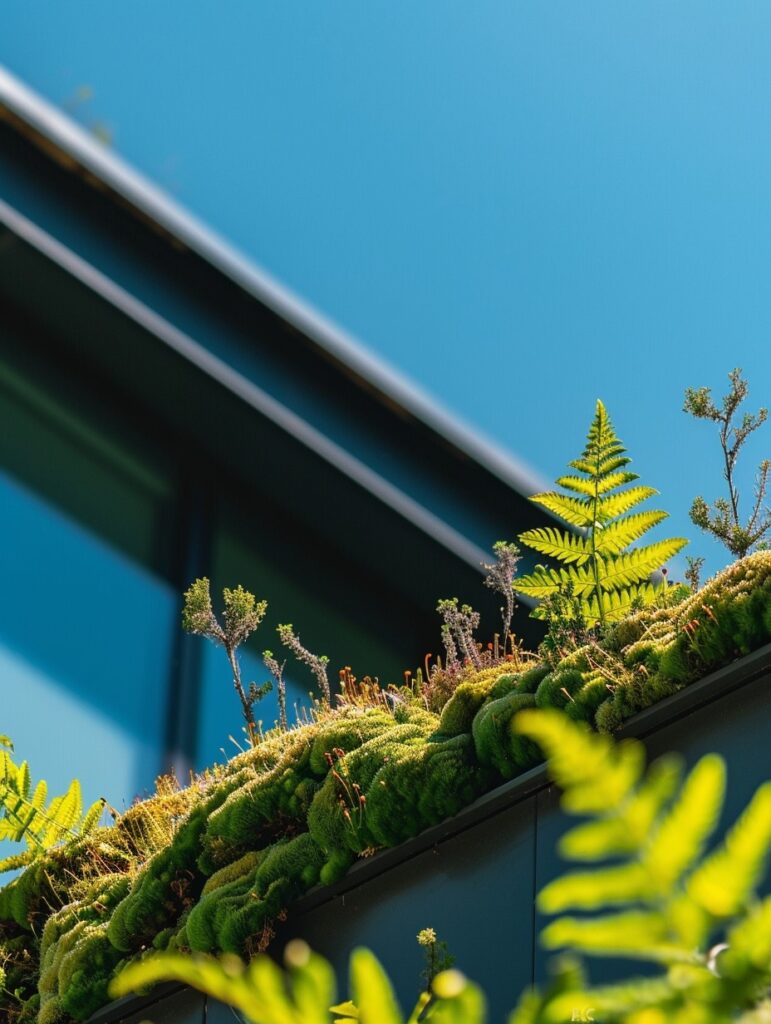
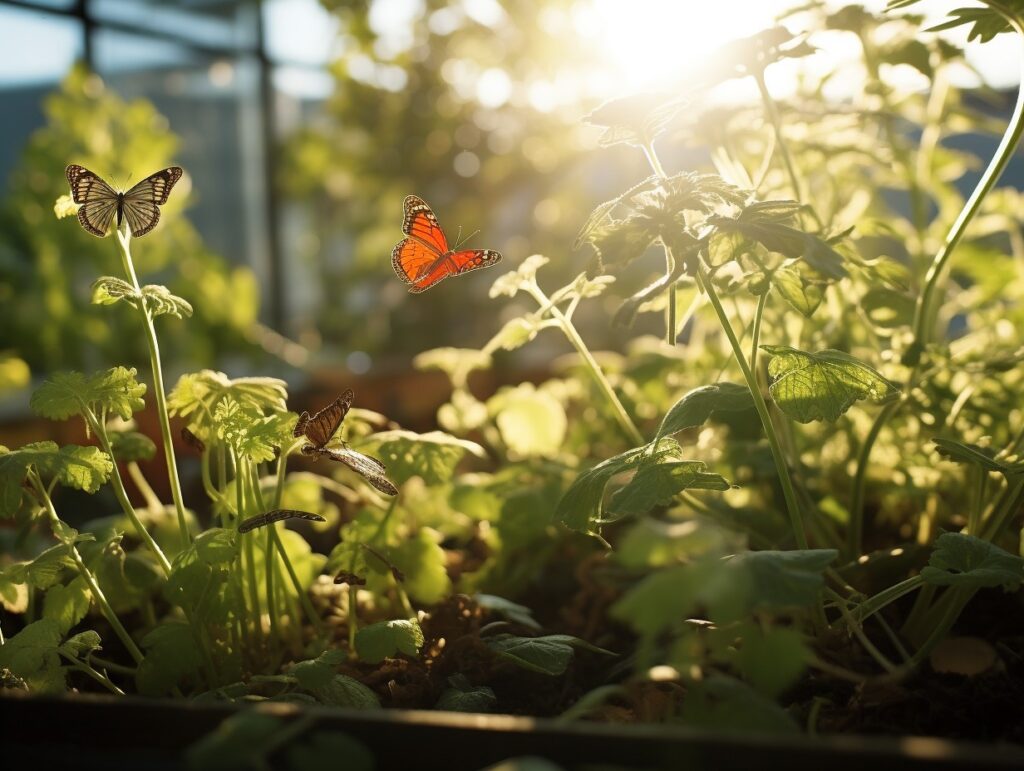
The Green Roof Potential Map offers benefits to municipalities and regions: Filtering of air pollutants & particulate matter, reduction of heavy rain runoff, better microclimate, fewer heat islands & visual cityscape improvement through green roofs. The result is a sustainable, resilient urban landscape.
Do you have questions about the product?
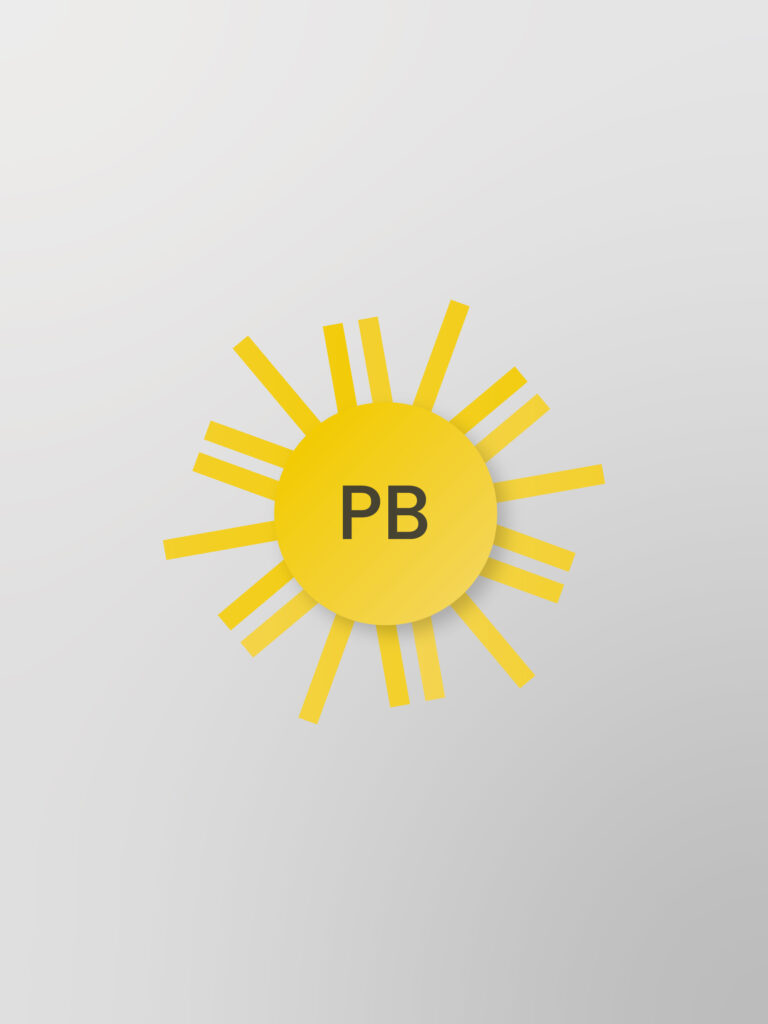
Account Manager
Answers to frequently asked questions
Frequently asked questions
Not every roof is suitable for a green roof. Flat roofs and roofs with a pitch of up to 30 degrees are best suited, but the load-bearing capacity and waterproofing of the roof must be checked before installation.
A green roof can improve the microclimate by lowering the ambient temperature and helping to reduce global warming. By storing water, which later evaporates, the air is also cooled. This reduces local heat islands and supports positive effects in the fight against climate change.
With a green roof, the water is initially stored in the substrate layer. There it is partially absorbed by the plants and excess water is drained away via a so-called drainage layer and then discharged into the ground via gutters and drains. This avoids structural problems.
The German data centres of Hetzner Online GmbH, which are powered by 100 percent hydropower (https://www.hetzner.com/de/unternehmen/umweltschutz/), are used for the server infrastructure.
Yes, as the cadastre has to be hosted and regular updates are made to the system, monthly hosting maintenance fees are incurred. These vary depending on the size of the calculated area.
Your question has not been answered?
Our products
Discover more products
Contact us
Get to know us!
Do you have any questions about our products or would you like to find out more about the company? Please feel free to contact us!